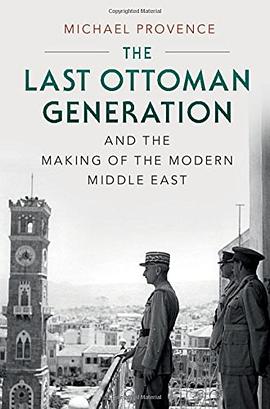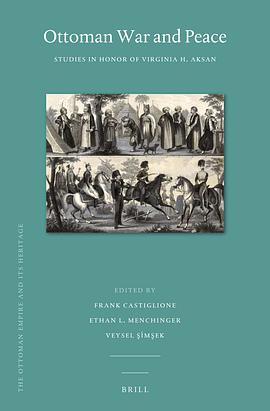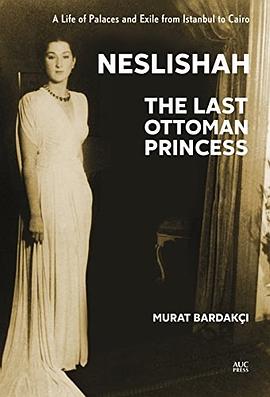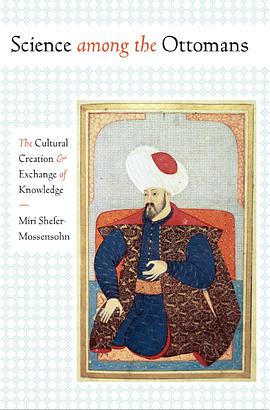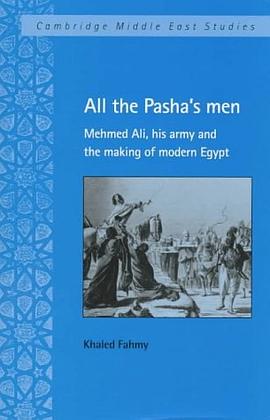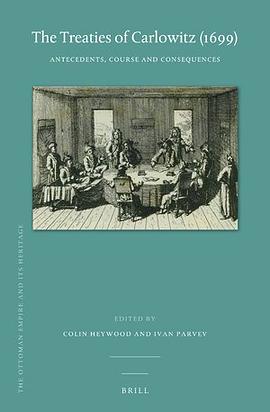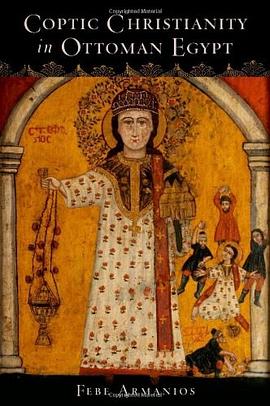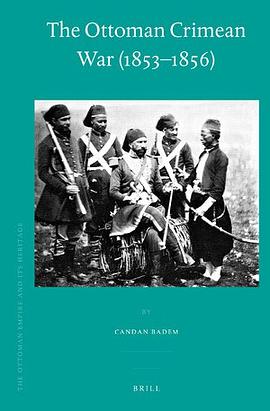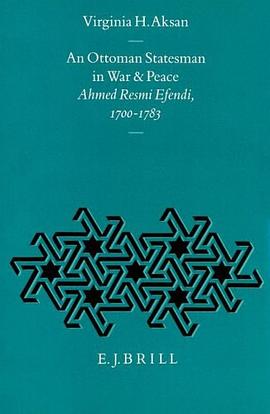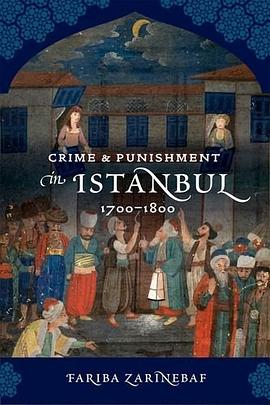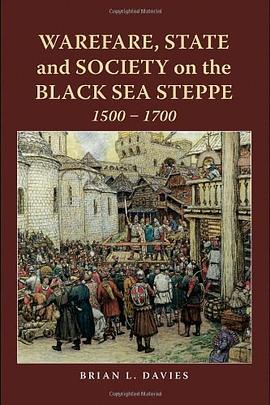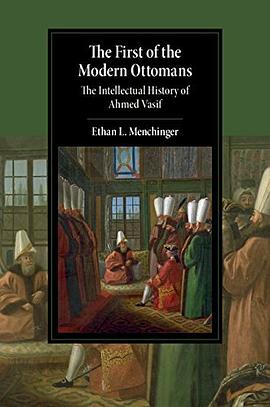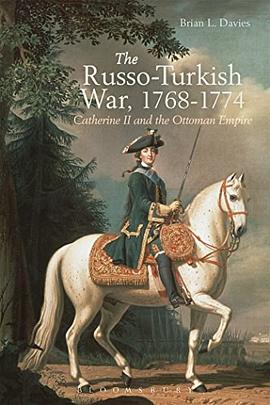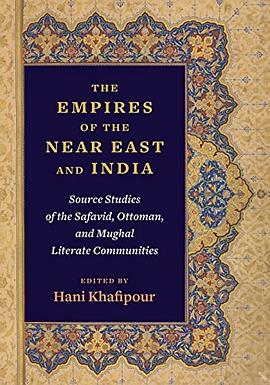
The Empires of the Near East and India pdf epub mobi txt 电子书 下载 2025
- 伊斯兰
- 帝国史
- 奥斯曼
- 萨法维
- 莫卧儿
- 早期近代
- 早期现代
- 奥斯曼帝国
- Near East
- India
- Empires
- History
- Ancient
- Civilizations
- Geography
- Culture
- Architecture
- Trade

具体描述
In the early modern world, the Safavid, Ottoman, and Mughal empires sprawled across a vast swath of the earth, stretching from the Himalayas to the Indian Ocean to the Mediterranean Sea. The diverse and overlapping literate communities that flourished in these three empires left a lasting legacy on the political, religious, and cultural landscape of the Near East and India. This volume is a comprehensive sourcebook of newly translated texts that shed light on the intertwined histories and cultures of these communities, presenting a wide range of source material spanning literature, philosophy, religion, politics, mysticism, and visual art in thematically organized chapters. Scholarly essays by leading researchers provide historical context for closer analyses of a lesser-known era and a framework for further research and debate. The volume aims to provide a new model for the study and teaching of the region’s early modern history that stands in contrast to the prevailing trend of examining this interconnected past in isolation.
作者简介
Hani Khafipour received his doctorate at the University of Chicago. A historian of medieval and early modern Iran, he teaches in the Department of Middle East Studies at the University of Southern California.
目录信息
Editor’s Acknowledgments
Introduction, by Hani Khafipour
Part I. The Religious Landscape
1. Converts, Apostates, and Polytheists
I. Confessions of an Armenian Convert: The I‘tirafnama of Abkar (‘Ali Akbar) Armani, by Rudi Matthee
II. Conversion, Apostasy, and Relations Between Muslims and Non-Muslims: Fatwas of the Ottoman Shaykh al-Islams, by Nikolay Antov
III. The Night Debates at Jahangir’s Court’Abd al-Sattar’s Majalis-i Jahangiri, by Corinne Lefèvre
2. Heretics, Polytheists, and the Path of the Righteous
I. The Shi’a Path of the Righteous: The Strength of Akhbarism in Safavid Iran, by Maryam Moazzen
II. Ottoman Religious Rulings Concerning The Safavids: Ebussuud Efendi’s Fatwas, by Abdurrahman Atçıl
III. A Mughal Debate About Jain Asceticism, by Audrey Truschke
3. The Zealot, the Sufi, and the Quest for Spiritual Transcendence
I. Opposition to Sufism in Safavid Iran: A Debate Between Mulla Muhammad-Tahir Qummi and Mulla Muhammad-Taqi Majlisi, by Ata Anzali
II. The Worldview of a Sufi in the Ottoman Realm: Hakiki and His Book of Guidance, by F. Betul Yavuz
III. Sufism and the Divine Law: Ahmad Sirhindi’s Ruminations, by Arthur F. Buehler
Part II. Political Culture
4. Conceptions of Sovereignty: The Poet, the Scholar, and the Court Sufi
I. The Safavid Claim to Sovereignty According to a Court Bureaucrat, by Hani Khafipour
II. Kingship and Legitimacy in the Sixteenth-Century Ottoman Empire, by Huseyin Yılmaz
III. The Millennial and Saintly Sovereignty of Emperor Shah Jahan According to a Court Sufi, by A. Azfar Moin
5. The King’s Deathbed: Coronation, Execution, and Fratricide
I. In the Shadow of Shah ‘Abbas: The Succession of Shah Safi (r. 1629–1642), by Sholeh A. Quinn
II. The Ottoman Conception of Sovereignty and Succession: Mustafa Ali’s Essence of History (Kunh al-Akhbar), by Zahit Atçıl
III. The Way of Tradition and the Path of Innovation: Aurangzeb and Dara Shukuh’s Struggle for the Mughal Throne, by Jane Mikkelson
6. A Tale of Three Cities: Diplomacy and Conquest
I. Imperial Geopolitics and the Otiose Quest for Qandahar, by Hani Khafipour
II. The Ottoman Conquest of Buda(pest): Sultan Suleiman’s Imperial Letter of Victory, by Zahit Atçıl
III. The Mughal Conquest of Chittor: Study of Akbar’s Letter of Victory, Taymiya R. Zaman
Part III. Philosophical Inquiries
7. Philosophy as a Way of Life
I. The Many Faces of Philosophy in the Safavid Age, by Sajjad Rizvi
II. Philosophia Ottomanica: Jalal al-Din Davani on Establishing the Existence of the Necessary Being, by Ahab Bdaiwi
III. Philosophy and Legal Theory: The Musallam al-thubut of Muhibballah al-Bihari and Its Commentary by ‘Abd al-’Ali Bahr al-’Ulum, by Asad Q. Ahmad
8. Lettrists, Alchemists, and Astrologers: The Occult Sciences
I. The Occult Sciences in Safavid Iran, by Matthew Melvin-Koushki
II. A Commentary on The Secret of Ta-Ha by the Pseudo-Eşrefoǧlu Rumi, by Tuna Artun
III. The Occult Sciences at the Mughal Court During the Sixteenth Century, by Eva Orthmann
Part IV. Literature and the Arts
9. Three Poets and the Three Literary Climes
I. Selections from the Poetry of Muhtasham Kashani, by Paul Losensky
II. The Poet ‘Azmizade Haleti and the Transformation of Ottoman Literature in the Seventeenth Century, by Berat Acil
III. Mughal Sanskrit Literature: The Book of War and the Treasury of Compassion, by Audrey Truschke
10. Royal Patronage: A College, Poets, and the Making of an Imperial Secretary
I. The Leading Religious College in Early Modern Iran: Madrasa-yi Sultani and Its Endowment, by Maryam Moazzen
II. Imperial Patronage of Literature in the Ottoman World, 1400–1600, by Murat Umut Inan
III. A Letter of Advice from a Mughal Gentleman to His Son, by Rajeev Kinra
11. Painters, Calligraphers, and Collectors
I. Reading a Painting: Sultan-Muhammad’s The Court of Gayumars, by Sheila Blair
II. The Making of a Legendary Calligrapher: Textual Portraits of Sheikh Hamdullah, by Esra Akın-Kıvanç
III. Deccani Seals and Scribal Notations: Sources for the Study of Indo-Persian Book Arts and Collecting (c. 1400–1680), by Keelan Overton and Jake Benson
Bibliography
List of Contributors
Index
· · · · · · (收起)
读后感
评分
评分
评分
评分
用户评价
相关图书
本站所有内容均为互联网搜索引擎提供的公开搜索信息,本站不存储任何数据与内容,任何内容与数据均与本站无关,如有需要请联系相关搜索引擎包括但不限于百度,google,bing,sogou 等
© 2025 book.quotespace.org All Rights Reserved. 小美书屋 版权所有

